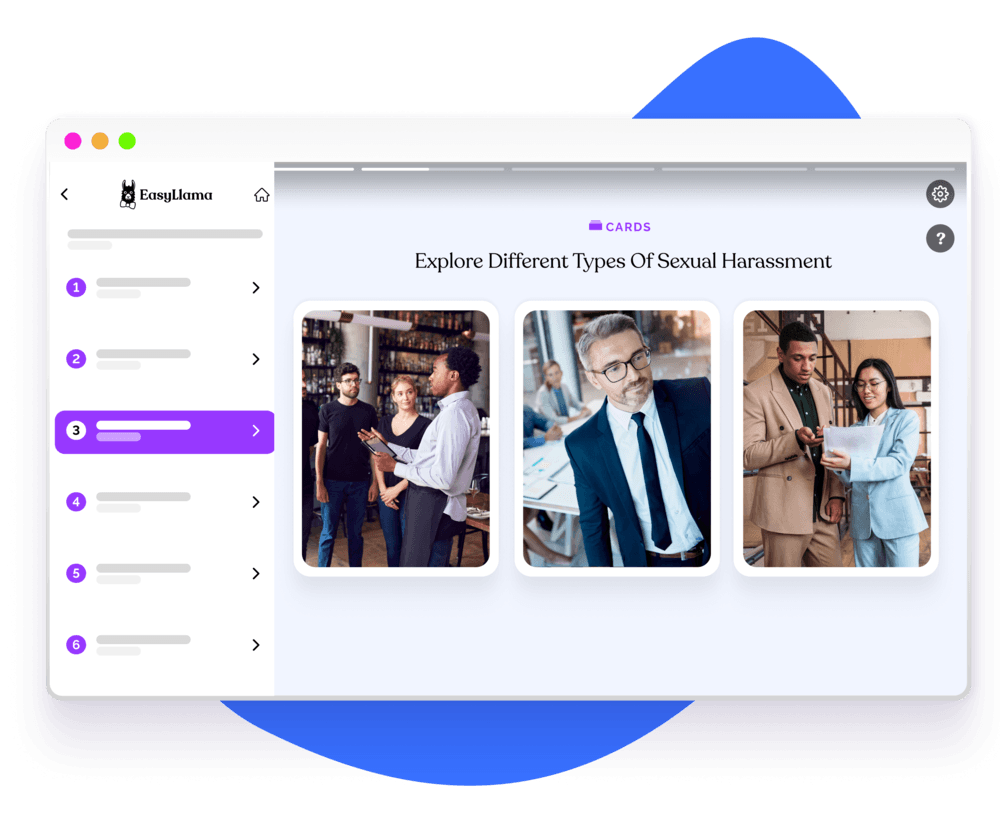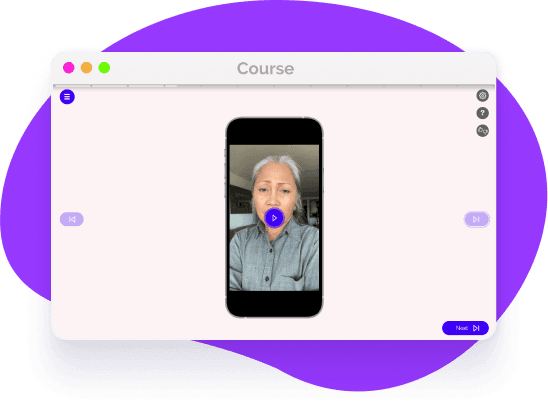Discrimination in the Workplace
Employing a diverse staff can challenge us to learn, develop, and embrace new experiences. Unfortunately, not everyone agrees with this viewpoint, and as a result, discriminatory practices can be present within the workplace.

What is Inclusion?
Diversity flourishes and comes to life through inclusion, which occurs when individuals from all walks of life foster an atmosphere where everyone feels appreciated and valued. As a result, no individual is denied access to opportunities, resources, education, or any other form of treatment due to characteristics that make them different.

How Does Discrimination Impact the Workplace?
Discrimination can take many forms, including racial, gender, age, and ability-based discrimination. When these forms of discrimination are present in the workplace, they can lead to feelings of isolation, alienation, and decreased job satisfaction among employees who are targeted. Additionally, discrimination can negatively impact an organization's bottom line by decreasing productivity, increasing turnover, and damaging the company's reputation.

Discrimination in the workplace can take many forms, based on race, gender, age, and more. Take a peek at some of the terms that will be relevant throughout this course.
Race discrimination in the workplace refers to treating an individual differently based on their race or ethnicity is also known as racism. This can include acts of bias or prejudice, such as denying an individual a job opportunity or promotion, or subjecting them to harassment or hostility because of their race. This type of discrimination can also include policies or practices that appear neutral but have a disproportionate negative impact on individuals of a certain race. Race discrimination is illegal under federal laws such as Title VII of the Civil Rights Act of 1964 and various state laws.
When someone is treated differently at work because of their gender or gender identity, this is known as gender discrimination. This can involve discriminatory behaviors like excluding someone from a job or a promotion or harassing or ostracizing them due to their gender. Discrimination against transgender people, who are legally protected, is also included in this. Policies or practices that seem to be neutral but have a disproportionately detrimental effect on people of a particular gender can also be considered gender discriminatory. Federal statutes like Title VII of the Civil Rights Act of 1964 and numerous state laws prohibit gender discrimination.
In the workplace, age discrimination refers to treating someone differently based on their age. This can include biased or prejudiced behavior, such as depriving someone of a job or advancement or harassing or ostracizing them due to their age. Policies or practices that seem neutral but have a disproportionately detrimental effect on older people might also be considered age discrimination. The Age Discrimination in Employment Act (ADEA), which forbids discrimination in the workplace against those who are 40 years of age or older, makes ageism illegal.

Benefit from a workplace free from discrimination
Having a diverse workplace brings many benefits to an organization, including improved innovation, better decision-making, and increased productivity. A diverse workforce can lead to a wider range of perspectives and ideas, which can in turn lead to new and creative solutions to problems. Additionally, a diverse group of individuals can provide a more comprehensive and well-rounded approach to decision-making. Furthermore, having a diverse workplace can also improve the company's reputation and customer relations, as it shows that the company values and respects diversity in society.
Benefit from a Discrimination-Free Workplace
A diverse workforce can lead to a wider range of perspectives and ideas, which can in turn lead to new and creative solutions to problems. Additionally, a diverse group of individuals can provide a more comprehensive and well-rounded approach to decision-making.
Here are some myths to look out for:
- -
Increase productivity and job satisfaction among employees
- -
Attract and retain a diverse workforce
- -
Improve decision-making and innovation
- -
Enhance reputation and customer loyalty
- -
Foster a positive and inclusive work culture
- -
Compliance with legal and ethical standards

Diversity Training to combat discrimination
EasyLlama's diversity training can be an effective tool in combatting discrimination in the workplace. The training can help educate employees on the negative impact of discrimination and provide them with the knowledge and skills to recognize and address it.

Helping over 8,000 organizations create a safer, more productive workplace
This chapter introduces discrimination and the various types that will be further detailed throughout the course.





















